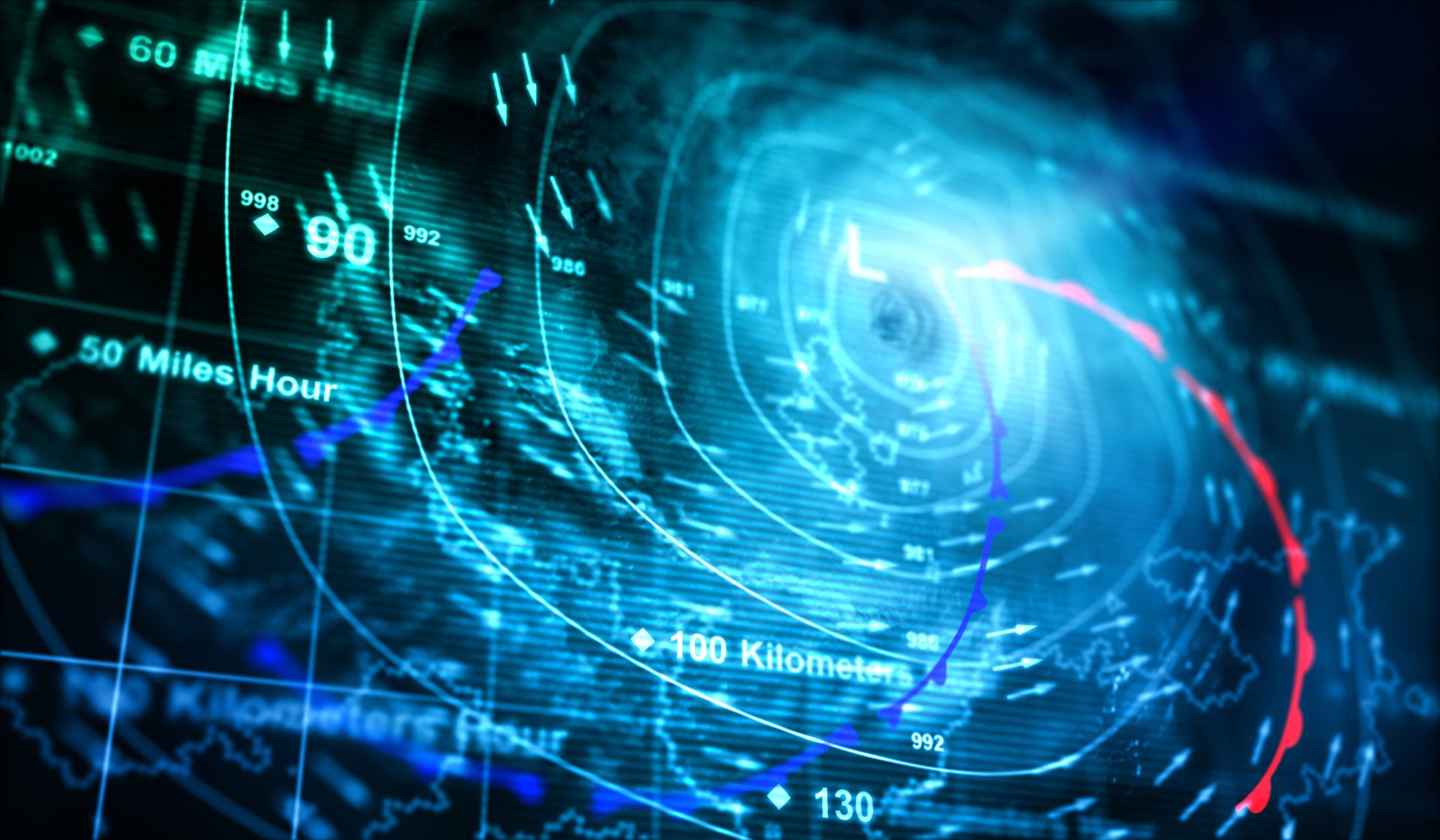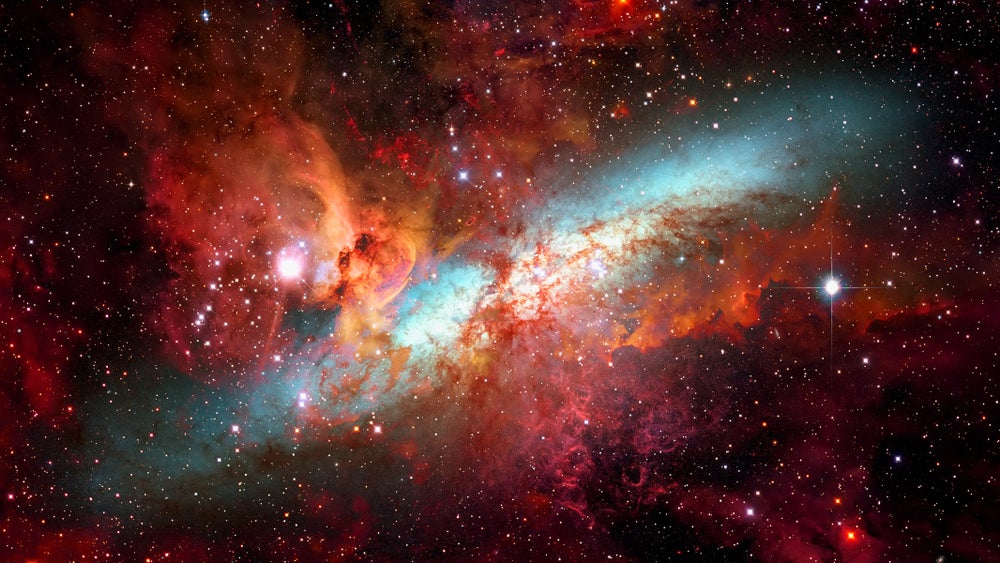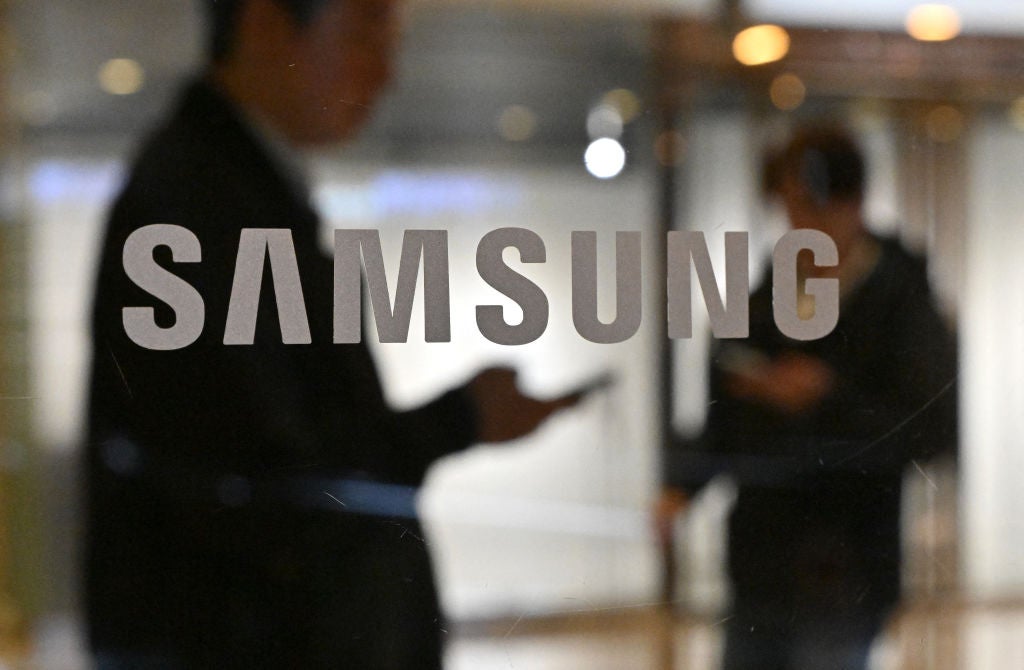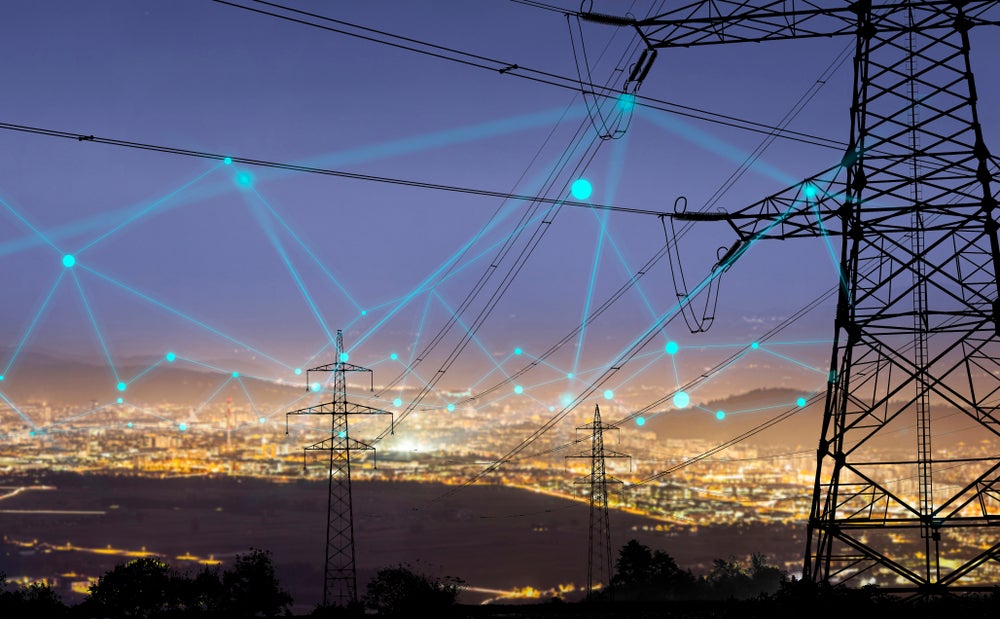
IBM has announced a highly advanced weather forecasting system that can provide hourly weather updates to the entire planet for areas as small as 3 square kilometres.
According to IBM, the system is able to predict individual thunderstorms.
The system is known as the IBM Global High-Resolution Atmospheric Forecasting System, or GRAF for short. It was created with IBM subsidiary The Weather Company, combining its meteorological data and IBM’s supercomputing prowess.
GRAF will crowdsource data from millions of members of the public who own a smartphone equipped with atmospheric pressure sensors and have given IBM permission to use the data.
It will also leverage information from sensors on thousands of aeroplanes gathered during commercial flights.
The information technology giant, in partnership with the Weather Channel, unveiled GARF at the Consumer Electronics Show in Las Vegas.
How well do you really know your competitors?
Access the most comprehensive Company Profiles on the market, powered by GlobalData. Save hours of research. Gain competitive edge.

Thank you!
Your download email will arrive shortly
Not ready to buy yet? Download a free sample
We are confident about the unique quality of our Company Profiles. However, we want you to make the most beneficial decision for your business, so we offer a free sample that you can download by submitting the below form
By GlobalDataHow will IBM revolutionise weather forecasting in 2019?
Weather predictions are made by collecting as much data as possible about the atmosphere, such as temperature, humidity and wind. The more data that is available, the more accurate the prediction – which is how IBM is able to offer such a precise forecast.
But to process such enormous amounts of data requires IBM’s POWER9-based supercomputers, which are among the fastest in the world.
IBM says the system could offer accurate forecasts to farmers in remote areas and minimise airline disruption.
Current weather models typically cover areas from 12 to 15 square kilometres and update every 6 to 12 hours.
By contrast, GARF will update hourly and work at a resolution of 12 to 3 square kilometres.
Many areas outside of the US, Japan and Western Europe typically have less accurate weather forecasts under current forecast technology.
“Today, weather forecasts around the world are not created equal, so we are changing that,” said Cameron Clayton, general manager of Watson Media and Weather for IBM.
“Weather influences what people do day-to-day and is arguably the most important external swing factor in business performance.
“As extreme weather becomes more common, our new weather system will ensure every person and organization around the world has access to more accurate, more finely-tuned weather forecasts.”
How AI is being used in the new system
A spokesperson for IBM told Verdict that the weather forecast system uses artificial intelligence in the backend to assist with analysis of data streams and model information. AI is also used to help “calibrate and weight to give the more than 162 weather models” that GRAF ingests.
However, the system does not use make of any new machine learning.
IBM said forecasts will be available globally later this year to those using The Weather Channel app, weather.com, Weather Underground app, wunderground.com, as well as businesses that use IBM offerings from The Weather Company.
Read more: Quantum computing comes to energy with ExxonMobil IBM partnership






